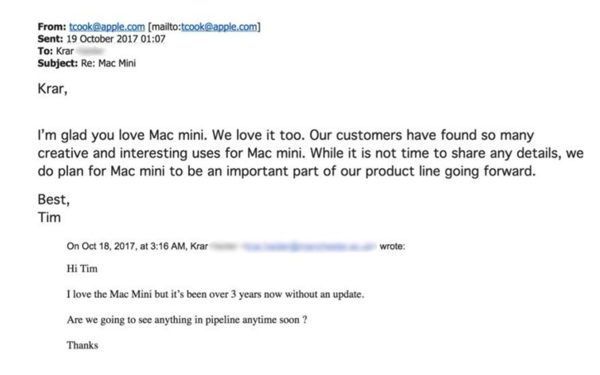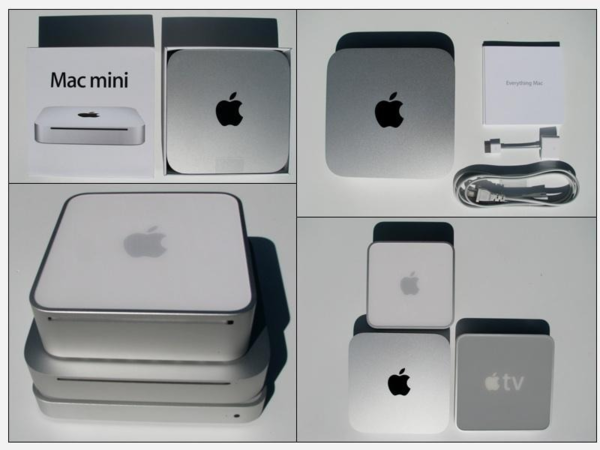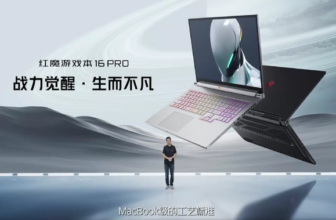
When Apple introduced the first Mac mini 20 years ago, the small machine started a remarkable journey. Initially, it aimed to attract Windows users to macOS. Over the years, however, the Apple Mac mini 20 years evolved into a beloved classic, praised for its compact design and strong performance.
The Birth of Apple Mac mini 20 Years Ago (2005)
On January 10, 2005, Steve Jobs introduced the Apple Mac mini 20 years ago during a product launch. The press release followed the next day, and the product shipped on January 22. Apple created the Mac mini to offer an affordable entry point for users switching to macOS. The goal was to provide a computer without a display, keyboard, or mouse.
The Mac mini, priced at $499, was Apple’s cheapest computer at the time. Jobs described it as a streamlined Mac—just the computer itself. He introduced the concept of BYODKM (Bring Your Own Display, Keyboard, and Mouse), emphasizing the value of simplicity.
While the Apple Mac mini 20 years ago impressed many with its small design, users quickly discovered that the base model was underpowered. The $499 version had a 40GB hard disk and just 256MB of RAM. Apple responded by increasing the RAM to 512MB later that year. Users could also upgrade their memory, though this required technical skill to open the case.
Apple Mac mini 20 Years Later: From Intel Chips to Apple Silicon (2006-2023)
The Mac mini went through several updates over the years. In 2006, Apple switched to Intel processors. The 2007 update brought performance improvements, but 2008 saw no major changes. By 2009, Apple updated the Mac mini twice in one year, which reignited interest in the product.
In 2010, the Apple Mac mini 20 years since its launch received a significant redesign. Apple made the computer smaller and used aluminum alloy for the casing. The update also introduced a server edition. For the next few years, the Mac mini saw only minor updates.
In 2014, Apple released a Mac mini with a lower price of $499, but the performance didn’t match previous versions. This disappointed many users. Then, from 2015 to 2017, Apple made no updates, frustrating fans.
Finally, in 2017, Tim Cook reassured users that Apple still cared about the Mac mini. This was followed by the release of the M1 chip in 2020.
The M1 Chip: A New Era for Apple Mac mini 20 Years After Its Launch (2020)
The M1 chip, introduced in 2020, marked a turning point for the Apple Mac mini 20 years after its launch. It delivered up to five times faster performance than previous models. Many called it “Apple’s Most MINI.” With the M1 chip, the Mac mini moved beyond being an entry-level device. The transition to Apple Silicon brought significant performance improvements and energy efficiency.
Mac Mini in 2023 and Beyond: The M4 Chip and New Possibilities
In 2023, the Mac mini got further improvements with the M2 and M2 Pro chips. These upgrades made the Mac mini a serious contender against higher-priced systems like the Mac Pro. In 2024, Apple introduced the M4 and M4 Pro versions, continuing the trend of offering powerful performance in a small form factor.
The M4-powered Mac mini has become a viable alternative for users who need high performance at a lower cost. The Mac mini is no longer just an entry-level product; it competes with higher-end systems and meets the needs of power users.
Conclusion: Mac Mini’s Evolution from Entry-Level to a Powerful Classic
What started as a compact, affordable option has transformed into one of Apple’s most respected products. The Mac mini’s evolution, from Intel processors to Apple Silicon chips, shows that small size doesn’t mean limited performance.
Today, the Mac mini stands as a powerhouse. Its transformation over the past 20 years proves that great things can come in small packages.








